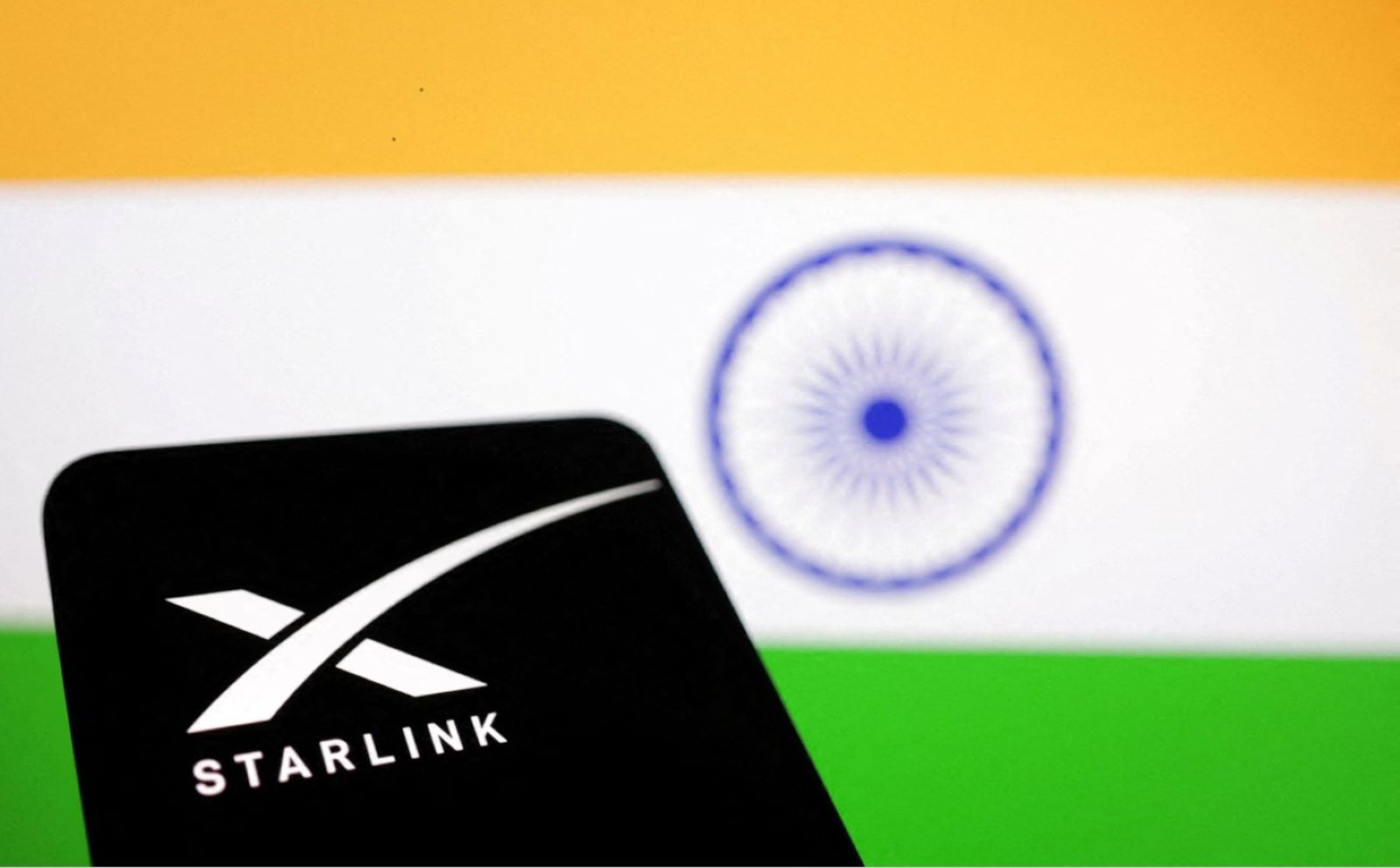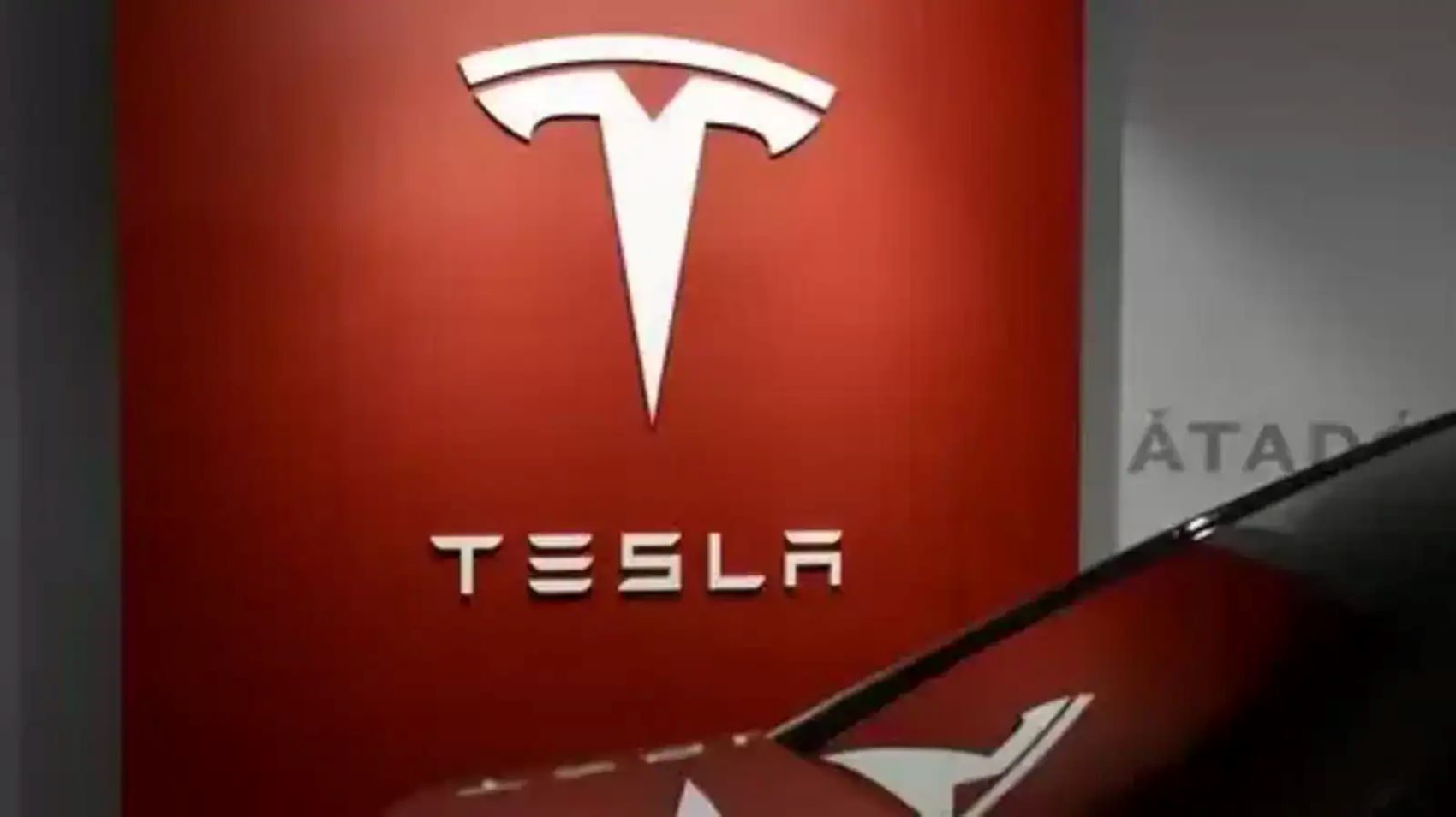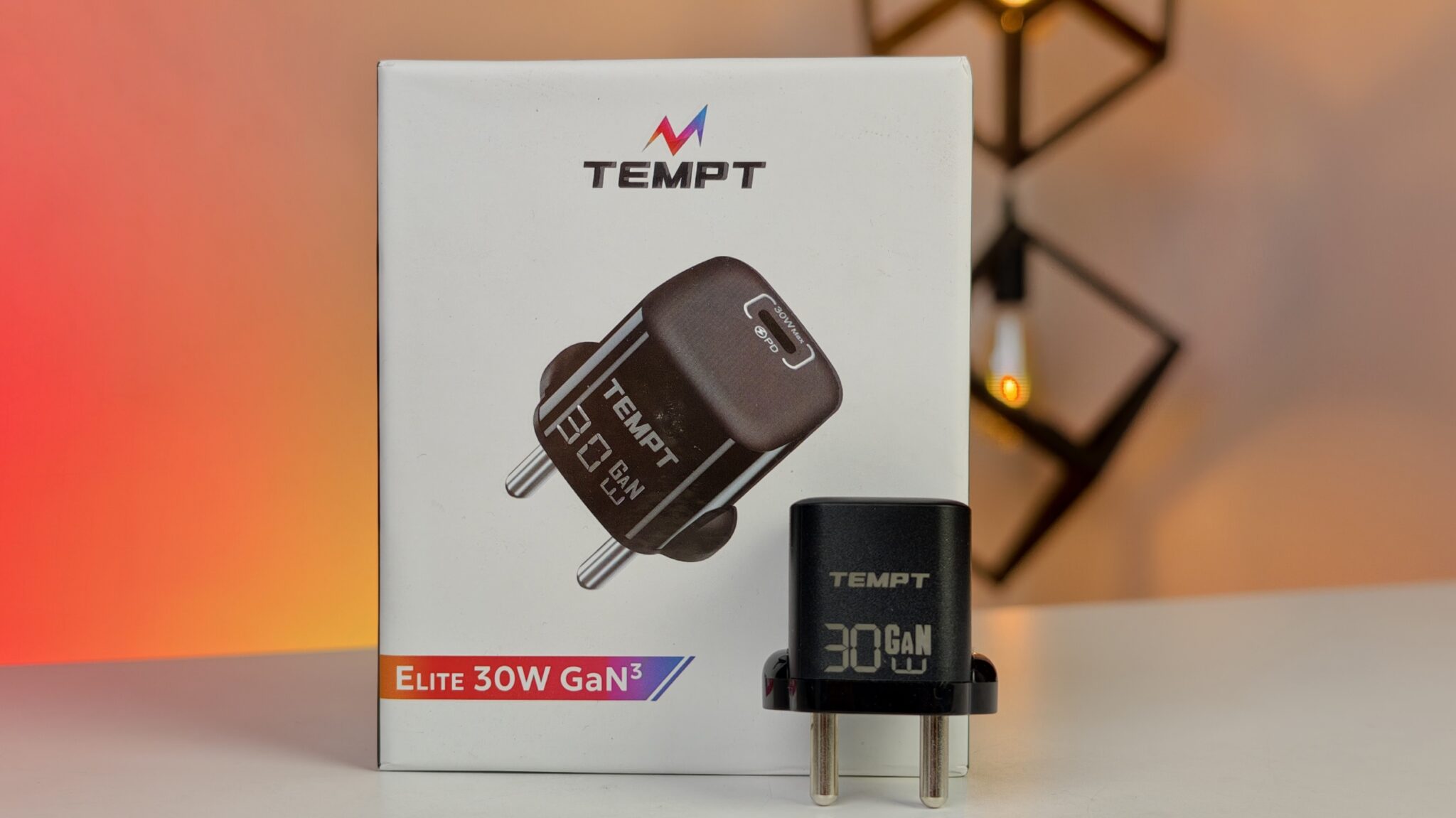After a long wait and several regulatory speed bumps, Elon Musk’s satellite internet venture, Starlink, has finally received the green light to start commercial operations in India. The Indian National Space Promotion and Authorisation Centre (IN-SPACe) granted the final nod on July 9, 2025. This came just weeks after the Department of Telecommunications (DoT) issued Starlink a Global Mobile Personal Communication by Satellite (GMPCS) license. So, the stage is just about set for high-speed, low-latency satellite internet to start rolling out across the country.
Key Takeaways:
- Starlink received final authorization from IN-SPACe on July 9, 2025.
- The company previously secured a GMPCS license from the DoT.
- Starlink still awaits final spectrum allocation from the government.
- It plans to offer internet speeds between 50 Mbps and 250 Mbps.
- Expected hardware cost is around ₹33,000, with monthly plans starting from ₹3,000.
- Starlink aims to serve remote and underserved areas, complementing existing terrestrial networks.
Starlink, operated by SpaceX, works through a constellation of Low Earth Orbit (LEO) satellites. For India, it will be using the Gen1 satellite cluster—4,408 satellites orbiting at altitudes between 540 and 570 kilometers. This network can deliver a collective throughput of around 600 Gbps across the Indian landmass. It’s engineered to beam internet into places where digging trenches for fiber cables just doesn’t make practical sense.
But getting to this point hasn’t been easy. Starlink’s earlier push into India hit roadblocks. There were concerns from domestic telecom players, notably Reliance Jio, and debates around how spectrum should be allocated. Starlink was in favor of an administrative allocation model rather than an auction-based one, a preference that eventually found support in the Indian government’s Telecommunications Act 2023. That decision helped clear a significant obstacle.
Now that most of the regulatory dominoes have fallen, the next steps involve getting spectrum allocated and setting up ground infrastructure—especially earth stations. These will anchor Starlink’s satellite network to local internet backbones. Tests will also be required to ensure everything meets national security standards. If all goes to plan, commercial services might begin as soon as late 2025, or perhaps early 2026.
On the pricing front, Starlink’s hardware kit—which includes the satellite dish, a mounting stand, Gen 3 Wi-Fi router, and cables—is expected to retail around ₹33,000. Monthly subscriptions for unlimited data are projected between ₹3,000 and ₹4,200. That’s noticeably higher than what urban users pay for fiber broadband from providers like JioFiber or Airtel Xstream, which often start under ₹1,000. Still, it’s roughly in line with Starlink’s pricing in neighboring countries like Bhutan and Bangladesh, where the service is already live.
Starlink’s real edge, though, lies in the places where those fiber providers don’t or can’t reach—rural villages, remote Himalayan hamlets, island territories, and tribal regions. For those communities, where connectivity has always been patchy at best, this could be a game-changer. We’re talking about new possibilities in things like telemedicine, distance education, and even smart farming.
Interestingly, Starlink isn’t going it alone. It has reportedly entered into partnerships with Indian telecom heavyweights Bharti Airtel and Reliance Jio. These alliances might involve selling Starlink kits through their existing distribution networks, or working together to bring connectivity to schools, clinics, and businesses in harder-to-reach places. Worth noting: both Jio and Airtel are also backing their own satellite ventures—Jio-SES and Eutelsat OneWeb, respectively, both of which have secured necessary approvals.
That said, it won’t be all smooth sailing. The relatively steep cost of Starlink’s hardware and service could pose a barrier for many, especially in cost-conscious urban markets where cheaper terrestrial options are already entrenched. But for truly underserved areas, it offers something they’ve never really had: fast, reliable internet.
Frequently Asked Questions (FAQs)
Q1: What is Starlink?
A1: Starlink is a satellite internet network developed by SpaceX. It delivers broadband internet through a global array of low Earth orbit (LEO) satellites.
Q2: When will Starlink be available in India?
A2: Starlink has received final regulatory approvals and now awaits spectrum allocation. A commercial launch is expected sometime in late 2025 or early 2026.
Q3: How much will Starlink cost in India?
A3: The hardware kit is expected to cost about ₹33,000, with unlimited monthly plans ranging from ₹3,000 to ₹4,200.
Q4: What kind of speeds will Starlink offer in India?
A4: Users can expect download speeds between 50 Mbps and 250 Mbps.
Q5: Will Starlink compete with JioFiber and Airtel Xstream?
A5: Not directly. While its internet is high-speed, Starlink is focused more on remote and underserved regions where fiber isn’t available, rather than urban areas already covered by Jio and Airtel.



















